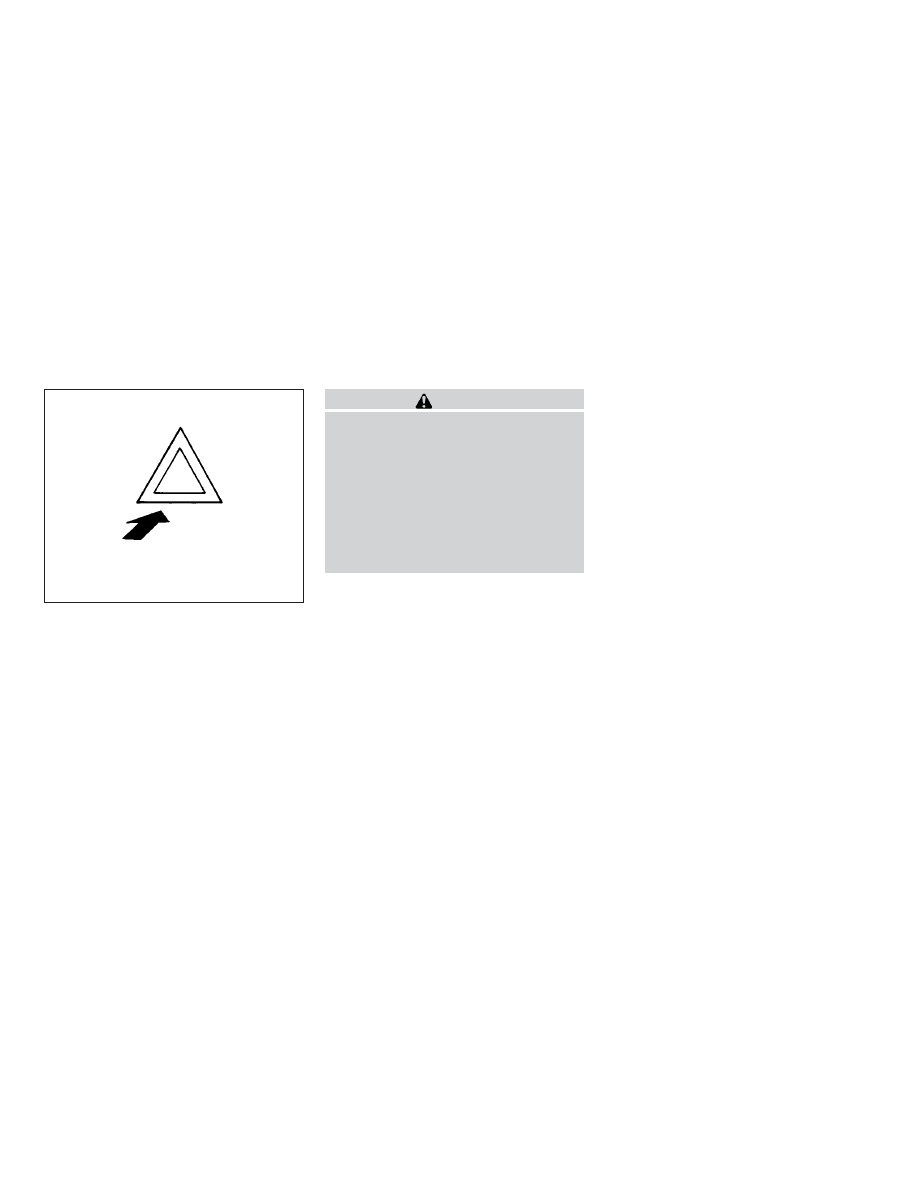Nissan Sentra (2019 year). Manual - part 22

Push the switch on to warn other drivers
when you must stop or park under emer-
gency conditions. All turn signal lights flash.
WARNING
∙ If stopping for an emergency, be sure
to move the vehicle well off the road.
∙ Do not use the hazard warning flash-
ers while moving on the highway un-
less unusual circumstances force you
to drive so slowly that your vehicle
might become a hazard to other
traffic.
∙ Turn signals do not work when the
hazard warning flasher lights are on.
The flashers will operate with the ignition
switch placed in any position.
Some jurisdictions may prohibit the use
of the hazard warning flasher switch
while driving.
To shut off the engine in an emergency
situation while driving, perform the follow-
ing procedure:
∙ Rapidly push the push-button ignition
switch three consecutive times in less
than 1.5 seconds, or
∙ Push and hold the push-button ignition
switch for more than 2 seconds.
LIC0394
HAZARD WARNING FLASHER SWITCH
EMERGENCY ENGINE SHUT OFF
(push-button ignition models only)
6-2
In case of emergency